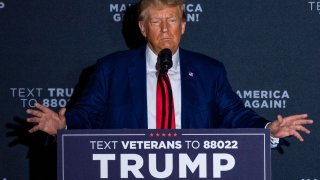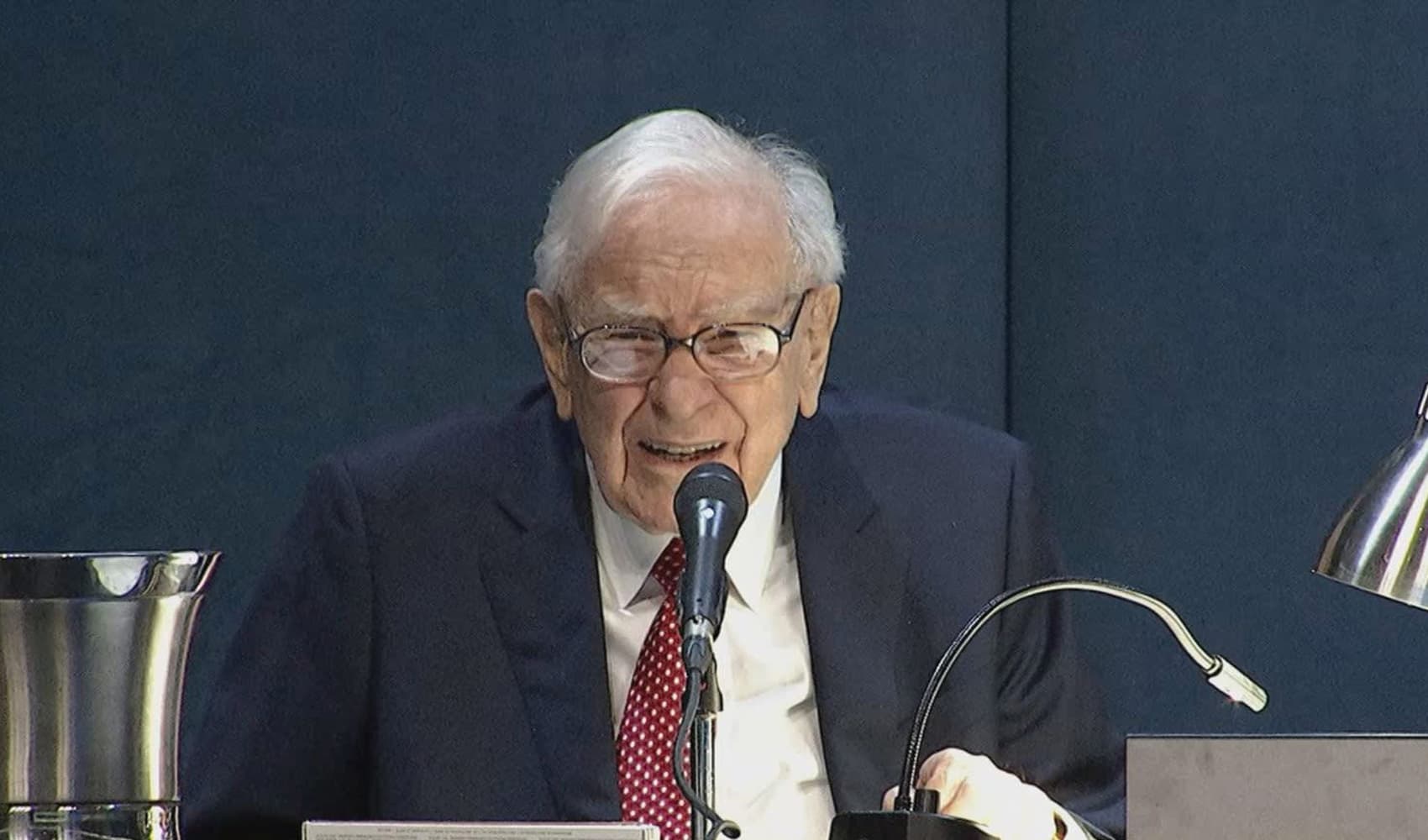
- A previously unreported secret memo in late 2020 detailed a plan to reverse then-President Donald Trump's loss to President Joe Biden, the New York Times reported.
- A December 2020 memo obtained and published by the Times laid out the use of fake slates of pro-Trump electors to create a controversy that could advance efforts to challenge the election results.
- Trump has pleaded not guilty to conspiring to illegally overturn the 2020 election results.
A previously unreported memo written by a Wisconsin lawyer in late 2020 offered the first detailed description of a plan to use fake slates of pro-Trump electors to reverse then-President Donald Trump's loss to President Joe Biden.
The six-page memo published by The New York Times on Tuesday evening was referred to as the "Fraudulent Elector Memo" in a special counsel indictment last week in Washington, which charged Trump with conspiring to illegally overturn the 2020 election results. Trump pleaded not guilty.
The Dec. 6, 2020, memo was authored by Kenneth Chesebro, a pro-Trump attorney identified by news outlets as one of six unnamed co-conspirators in Trump's latest indictment. The memo, marked "privileged and confidential," was addressed to James Troupis, who was working as a Trump campaign lawyer in late 2020 and challenging Wisconsin vote counts.
Get South Florida local news, weather forecasts and entertainment stories to your inbox. Sign up for NBC South Florida newsletters.
CNBC has not independently confirmed the memo, but it resembles a similar memo Chesebro sent to Troupis a month earlier, which argued that Trump could overturn Biden's victory right up until Jan. 6, 2021.
The Dec. 6 memo proposed that groups of "electors" in six key states that Biden won should meet and cast fake votes for Trump. Those votes would then be packaged up to resemble real electoral votes and sent to Washington. According to Chesebro's plan, then-Vice President Mike Pence could then count the Trump votes instead of the real electoral votes during a joint session of Congress on Jan. 6.
"I'm not necessarily advising this course of action," Chesebro wrote. He also acknowledged that the U.S. Supreme Court "would likely end up ruling" that it was up to Congress, not Pence, to certify the election results.
Money Report
Still, he said, "letting matters play out this way would guarantee that public attention would be riveted on the evidence of electoral abuses by the Democrats, and would also buy the Trump campaign more time to win litigation that would deprive Biden of electoral votes and/or add to Trump's column."
The strategy to get Pence to use his ceremonial role overseeing Congress' certification of the election in order to derail the proceedings is key to special counsel Jack Smith's indictment.
Pence ultimately refused to reject legitimate electoral votes for Biden, resisting pressure from Trump and his allies. The Jan. 6 proceedings devolved into a riot after a violent pro-Trump mob, spurred by the then-president's false claims of widespread election fraud, stormed the U.S. Capitol.
Chesebro did not immediately respond to CNBC's request for comment on the Times' report.
Read the full report from The New York Times.






